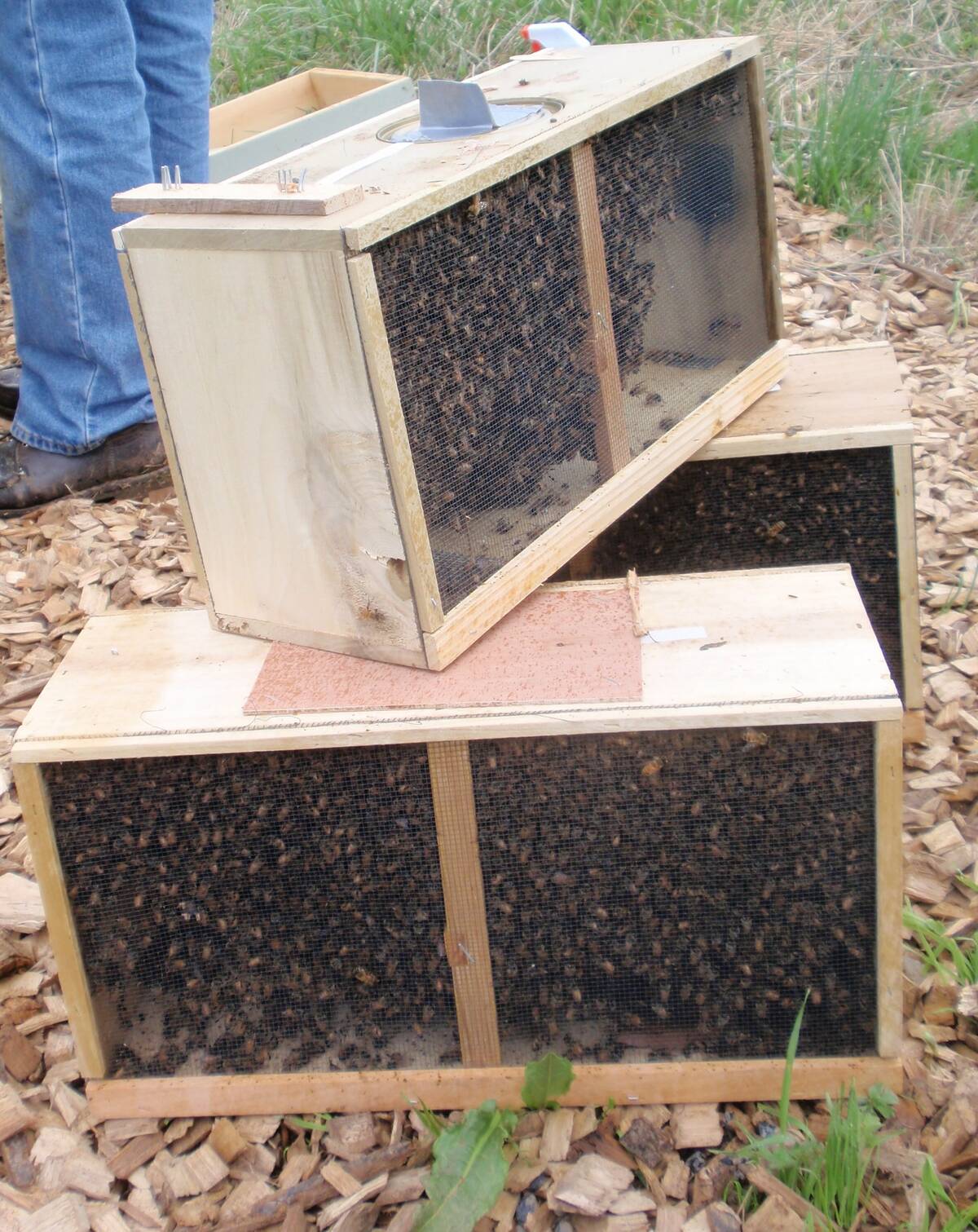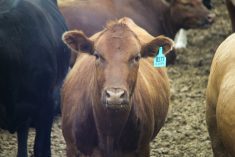‘Controlled risk’ status allows Canada to export beef, but part of the deal is testing 30,000 head annually
Alberta cattle and dairy leaders are issuing the same warning they made a year ago — Canada is in danger of breaching its commitment on BSE testing.
When Canada was classed as a “controlled risk” country for BSE by the World Organization for Animal Health in 2007, it pledged to test 30,000 head yearly.
But getting that many samples is becoming more challenging.
“With some of the program changes in terms of funding, as well as increased value in culled animals, and fewer cattle, we’re struggling to meet some of those targets,” said Doug Sawyer, past chair of Alberta Beef Producers.
Read Also

Canadian beekeepers call for regulatory accountability
Beekeepers say the Canadian Food Inspection Agency should restore U.S. packaged bee shipments, claiming the agency isn’t following evidence.
“Until we get those targets officially changed, we need to meet them. But there’s no reason why we can’t meet those targets.”
To encourage more testing, Alberta Agriculture and Rural Development (in partnership with Alberta Beef Producers, Alberta Milk and the Canadian Cattle Association) has released a new YouTube video on why more brain stem samples need to be collected for testing.
And in case anyone has forgotten how costly it was when the BSE crisis slammed the border shut in 2003, dairy producer Albert Kamps offers some stark numbers.
“Ten years ago last week, I shipped four cows to the auction market and I got a bill for $4.88,” the Alberta Milk second vice-chair says in a segment shot in September.
“Last week, I shipped four cows to the same auction market and I got $1,788 per cow. That’s the difference.”
Any cow over the age of 30 months that unexpectedly dies, cannot stand or walk, or needs to be euthanized because of distress or disease should be tested. The test is free and a vet will come as soon as possible.
The video, features Kamps, Sawyer, and Canadian Cattlemen’s Association president Dave Solverson.
“The issue is that people think that BSE is behind us, which hopefully it is,” Solverson said in an interview. “But there has been a lot less participation and fewer people have submitted samples.”
He also cited a smaller national herd and higher prices.
“In good times in selling culled cows, they’re doing a better job of getting those cows out early. Maybe that’s part of the problem. There just aren’t those cows that hang around until they die, anymore.”
In addition to urging producers to submit samples in order to keep trade doors open, Sawyer offers another reason in his part of the video.
“The vet’s trip here is paid for, so I usually have him look for something else while he is here,” the Pine Lake rancher says. “If you’ve got him here for no travel costs, you might as well use him.”
The four-minute-long video also features Dr. Gerald Hauer, the chief provincial vet.
“For participating in the program, the producers receive a $75 reimbursement to help offset the cost of disposal,” Hauer says.
He also addresses “misconceptions” about what happens if there is a positive test.
“When an animal tests positive, we inform the Canadian Food Inspection Agency and it does a complete herd investigation. What it is looking for is animals of equivalent risk — in a nutshell, those animals that shared the same feed in the first year of life. Those animals will be depopulated, but not the whole herd. It’s only a select few animals (and) the farmer is compensated.”
Both the names of farms and their locations are kept confidential.















